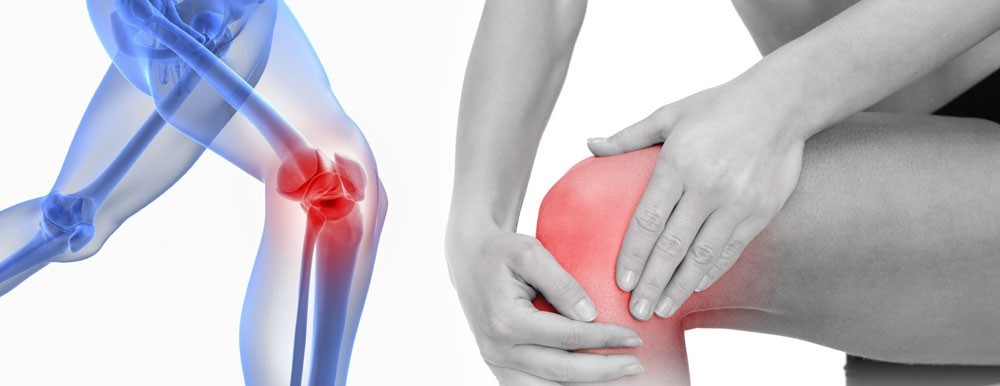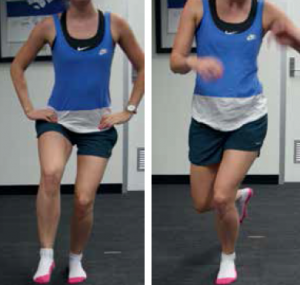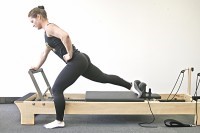
Knee pain is one of the most common leg injuries that we see as physiotherapists. It can come from a variety of sources including the patella (kneecap, also called patellofemoral pain or PFPS), tendon injuries, meniscus injuries and osteoarthritis to name a few.
What Causes Knee Pain?
A lot of the time, knee pain is a warning sign that your knee is not able to tolerate the amount of load that is going through that knee. This can be caused by too much running, or sports that involve a lot of running or jumping, especially if you have rapidly increased the amount of activity that you are doing with your knee over a short period. Things like knee degeneration, cartilage tears and osteoarthritis (OA) can reduce your knee’s ability to take loads related to sport or just activities of daily life, meaning that what is an ok load for a “normal” knee may still overload a knee that has significant degeneration or damage.
 Knee pain and injury can also be related to poor knee mechanics. This means that if you have poor control over how your knee moves when you run, jump or play sport, then the load is not distributed correctly through your knee joint structures, and injury or pain can result. Poor knee mechanics can be caused by weakness in your quads (thigh) or hip (glutes or gluteal) muscles, as well as other things like excessive foot pronation (flat feet) and so on. Poor knee mechanics are also a primary cause of the dreaded ACL injuries, especially when your knee rolls in too much with you pivot, twist or change direction on the field.
Knee pain and injury can also be related to poor knee mechanics. This means that if you have poor control over how your knee moves when you run, jump or play sport, then the load is not distributed correctly through your knee joint structures, and injury or pain can result. Poor knee mechanics can be caused by weakness in your quads (thigh) or hip (glutes or gluteal) muscles, as well as other things like excessive foot pronation (flat feet) and so on. Poor knee mechanics are also a primary cause of the dreaded ACL injuries, especially when your knee rolls in too much with you pivot, twist or change direction on the field.
We need our knees. They let us do the things we love like running, walking or even gardening. Whatever it may be, our knees need to be strong!
So why do Pilates?
Often knee pain comes from the way your knees are moving during activities. Your knees are often an innocent victim between the hips and the feet, so your Pilates assessment will help indicate whether you have weakness through your hips or your feet position in contributing to your knee pain.

Once we establish why you are getting your knee pain, we will develop a program based on those findings. As mentioned, quad strength and hip control are often a risk factor for knee pain. These are the easiest modifiable risk factors to work on.
Pilates is a great was to address knee and hip control. A lot of the movements start slow and controlled so it is easy to detect whether you have poor movement patterns which may be contributing to your knee pain. Once we have cleaned up your movement patterns we start to push you with more complex and harder exercise, but always ensuring your form and technique are spot-on.
Is Pilates Easy?
A lot of people think that Pilates as an “easy” exercise, and it definitely can be made nice and gentle to begin with. But remember that we can build it up to be very challenging if you want to go that way! That‘s why most elite-level AFL and soccer teams include Pilates in their training program – if it‘s challenging enough for them, it should be able to be made hard enough for the rest of us!

